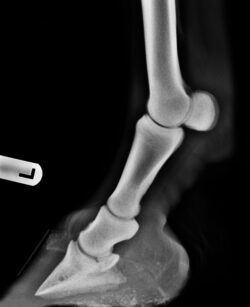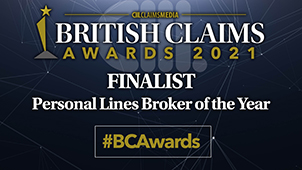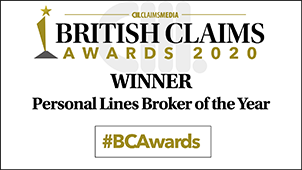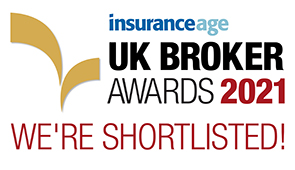One of the most common causes of confusion for customers when arranging their horse insurance is the technicalities that come with having your horse vetted and providing x-rays.
To try and make your life a little easier, our
horse insurance team have put together the below guidance on these topics.
Having the horse vetted
We’d strongly recommend having the horse vetted before purchasing, for peace of mind, and because it may be a requirement if you are looking to insure the horse.
You should give careful consideration to using the seller’s vet to perform the vetting. Ask yourself: does this create a conflict of interest? Is this really such a good idea? If you were buying a used car, would you ask the seller’s mechanic to look over the car for you? Always choose a reputable equine vet/vet practice to carry out the vetting.

Vettings and horse insurance
Do not leave arranging your
horse insurance to the last minute, most insurance providers will only accept vettings that have been performed within a certain number of days of the policy start date – this can range from 7-30 days depending on the insurer and the level of cover requested, so please do arrange the insurance as early as possible to avoid the insurer not accepting the vetting due to it being too old.
Check with your insurance provider as to what type of vetting they require. They might require a full 5 Stage vetting or just a 2 Stage vetting may suffice. There will be many factors determining which level of vetting is required and not all insurers will have the same requirements. Factors determining the type of vetting required will include the level of cover required, the age of the horse and the value of the horse. Don’t assume that because a horse is young/unbacked that a 2 Stage vetting will suffice – please check with your insurance provider.
If the vetting is being performed outside of the UK, check with your insurance provider as to whether this will be acceptable or if a UK vetting will be needed.
Vet certificates
Ensure your vet has fully completed the certificate including details such as the passport and microchip numbers and the certificate number is completed on each page. Minor omissions such as these can cause delays with the insurance and at worse, result in the certificate possibly not being accepted.
Send the vet certificate into the insurance provider in advance of starting the insurance so that they can let you know as to whether they will accept it and so they can advise on any exclusions that will be applied to the insurance before you’ve committed to the policy.
X-rays
In addition to a vet certificate, insurers will sometimes also need to see x-rays. Most will require specific views to be carried out, for the images to labelled in a certain way and provided in a specific format
(DICOM being the most common these days).
Click here to find out SEIB's X-ray requirements.
Just because you’ve gone to the trouble and expense of having x-rays carried out, please do not assume that they will automatically fulfil the insurer’s needs. It’s far better to ask your insurance provider in advance of the x-rays being carried to as to what images they need and check with the vet that they have the capacity to provide them in the appropriate format and will be able to label the images appropriately.
SEIB can provide you with a clear document listing our x-rays requirements which you can pass onto your vet to ensure they provide exactly what’s needed. Many insurers won’t accept foot images with the shoes on so bear this in mind as well. As with the vetting, pick a reputable vet/vet practice to perform the x-rays as poor-quality images will rarely be accepted by insurers and the cost to have them repeated won’t be recoverable under the insurance.

Exclusions
Clinical findings/history noted on the certificate will be pre-existing conditions. This means they are present prior to the insurance starting and will therefore generally be excluded from the policy. Many insurance providers, such as SEIB, in a bid to be clear and transparent, will place exclusions in relation to findings noted on vet certificates so that our policyholders know exactly what isn’t covered by their policy.
On a pre-purchase vetting, the vet will be vetting the horse to assess its suitability for purchase. Underwriters will be assessing the risk as outlined on the certificate in terms of the insurance requested. Therefore, a clinical finding noted on a vetting may not prejudice the horse’s suitability for purchase but may still result in an exclusion being placed on the insurance policy. Exclusions aren’t placed on horse insurance policies to cause offence; they are placed so that insurance for other injuries/illness can be issued.
If a vet determines that the conditions reported on a vet certificate do prejudice the horse’s suitability for purchase and in spite of this, you proceed with the purchase, don’t be surprised if you are unable to secure the insurance that you want (if any at all).
Visit our
horse insurance page for more information on arranging your insurance, you may also find our
8 tips to help reduce your insurance cost blog useful too.
About SEIB
SEIB have been arranging
insurance for horses for over 50 years. This experience allows us to tailor policies to suit your circumstances and ensure that you and your horses are covered should the worst happen.





